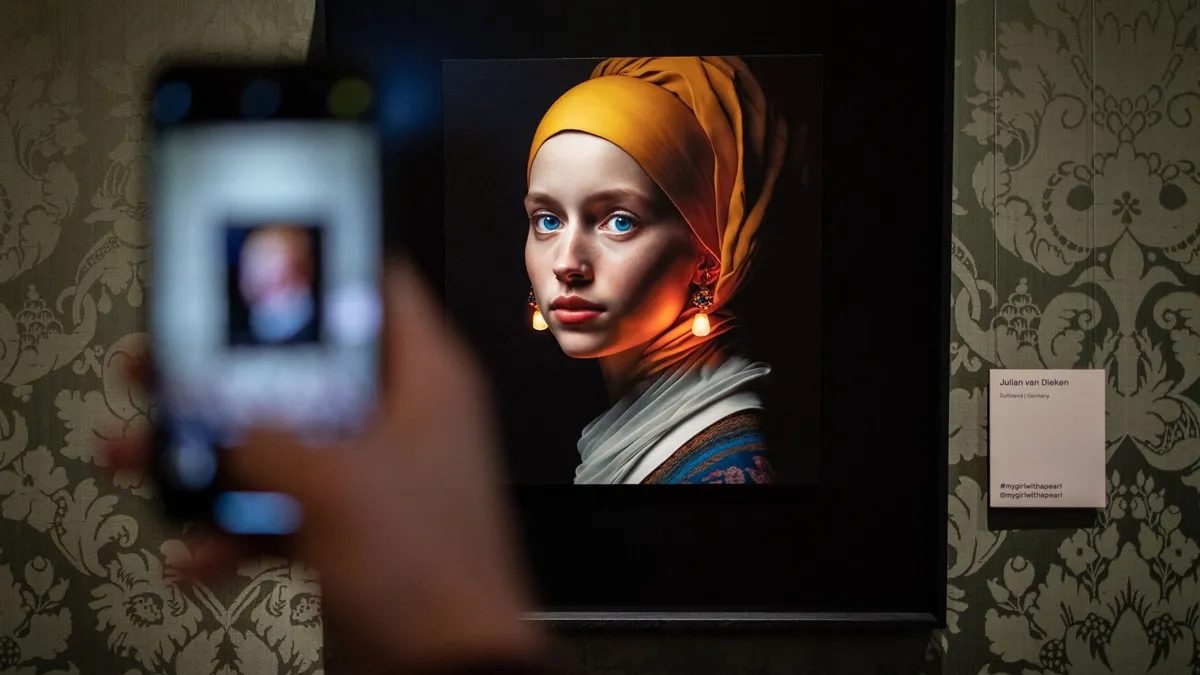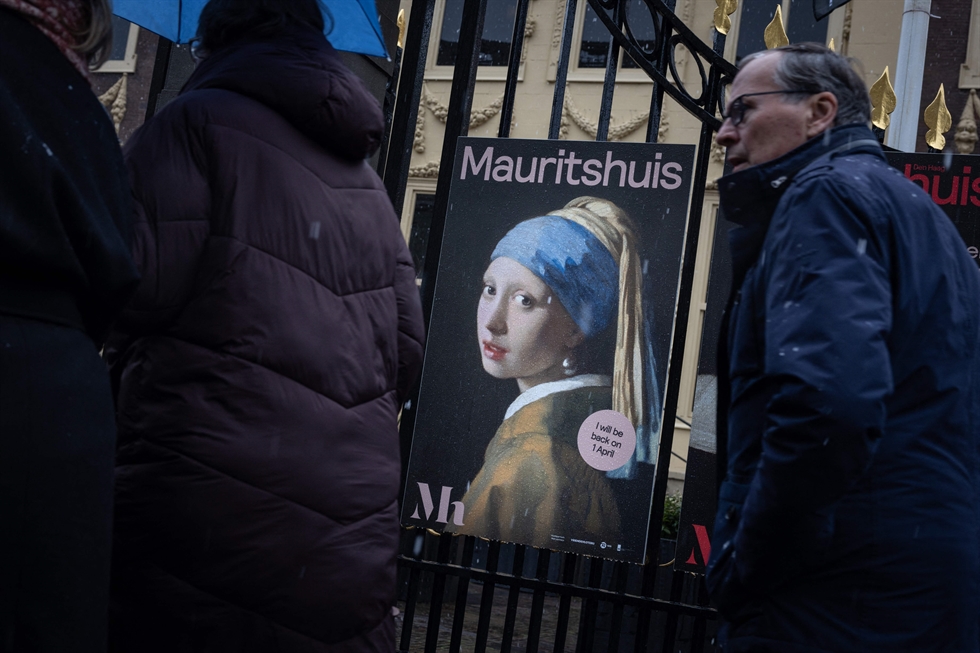The Mauritshuis Museum in the Netherlands is facing scrutiny and disapproval for choosing to use an AI copy of the acclaimed Vermeer’s “Girl with a Pearl Earring” as a replacement for the original art sensation.

“Girl With a Pearl Earring” is one of the most famous artworks in human history. Even Scarlett Johannessen plays Griet in Peter Webber’s feature film of the same name.
Now, the famous Mauritshuis Museum located in the Netherlands is encountering growing criticism for selecting an AI-generated piece of art, which would temporarily hang in the place of the renowned “Girl with a Pearl Earring” painting.
The original artwork is the masterstroke of renowned artist Johannes Vermeer – who painted the same in 1665. The painting, which is usually located at the Mauritshuis Museum, is now on loan at the Rijksmuseum in Amsterdam until the fourth of June 2023.
Initially, the Mauritshuis Museum went forward to hold a competition, encouraging local artists to submit entries – their very own versions of the “Girl with a Pearl Earring” painting. They stated they would select one of the submissions to take Vermeer’s masterpiece’s place until the painting returned to its actual home. The competition did seem like a justified, straightforward, and intriguing process. However, this was until the museum chose an AI-generated piece of art depicting the girl with more sharp and structured outlines, followed by bright, glowing earrings. This has led to an adverse escalation, with the art community erupting with complaints and backlash.
The “Artist”

3,480 artworks were submitted. Out of these, a Berlin-based artist, Julian van Dieken, emerged as one of five winners. It is his so-called painting that is receiving absolute backlash from artists and lovers of the original painting. Indeed, naysayers have strongly argued against AI paintings, saying they are not real art. Further, they claim that van Dieken’s submission has taken the place of someone who would have ideally put in more time and effort to create a hand-drawn copy version.
“AI prompters are not artists. The artistic community should not praise their AI-generated shell images. Does no one at the museum understand how AI images are created? How does the AI learn to create them? ***AI images are plagiarism***, how can you knowingly participate in that? This is so f*cking disappointing,” states a commenter on the museum’s Instagram post.
When asked to comment regarding the same, the Mauritshuis Museum quoted a statement on its website. It said that they did not choose the winners by looking at what was the “best” or most “beautiful” submission. “For us, the starting point has always been that the maker has been inspired by Johannes Vermeer’s world-famous painting. And that can be in the most diverse ways in image or technique.”
What does the future hold?

Furthermore, this instance makes for an important discourse regarding AI simply taking over the arena of art, content, and subsequent fields. Are we heading towards an era where AI supersedes the potential and beauty of human creations? Are we going to be able to distinguish between real and AI-generated work?
Finally, would real human effort lose its essence? Only time will tell.
Subscribe to FIB’s Weekly Breaking News Report for your weekly dose of music, fashion and pop culture news!







